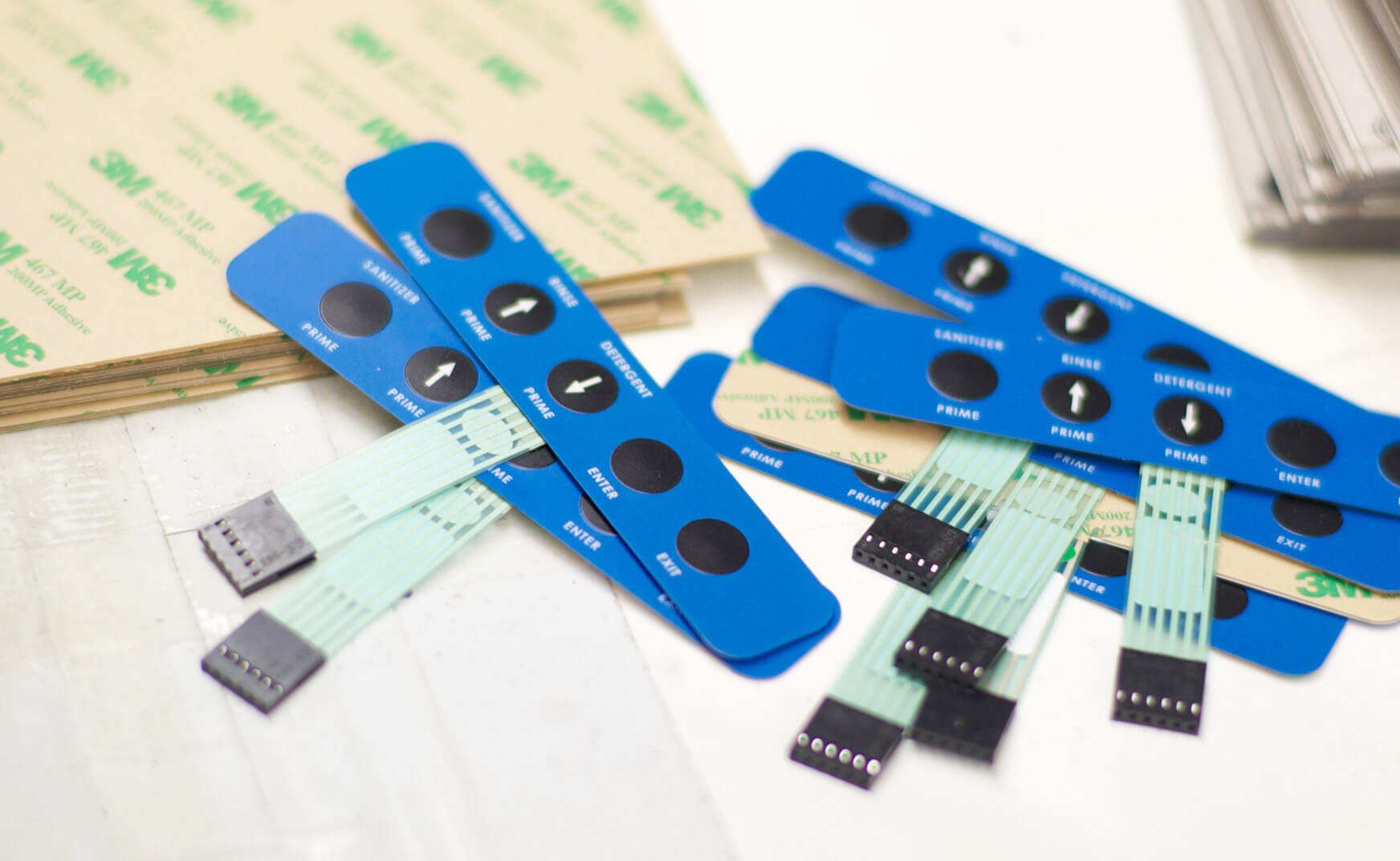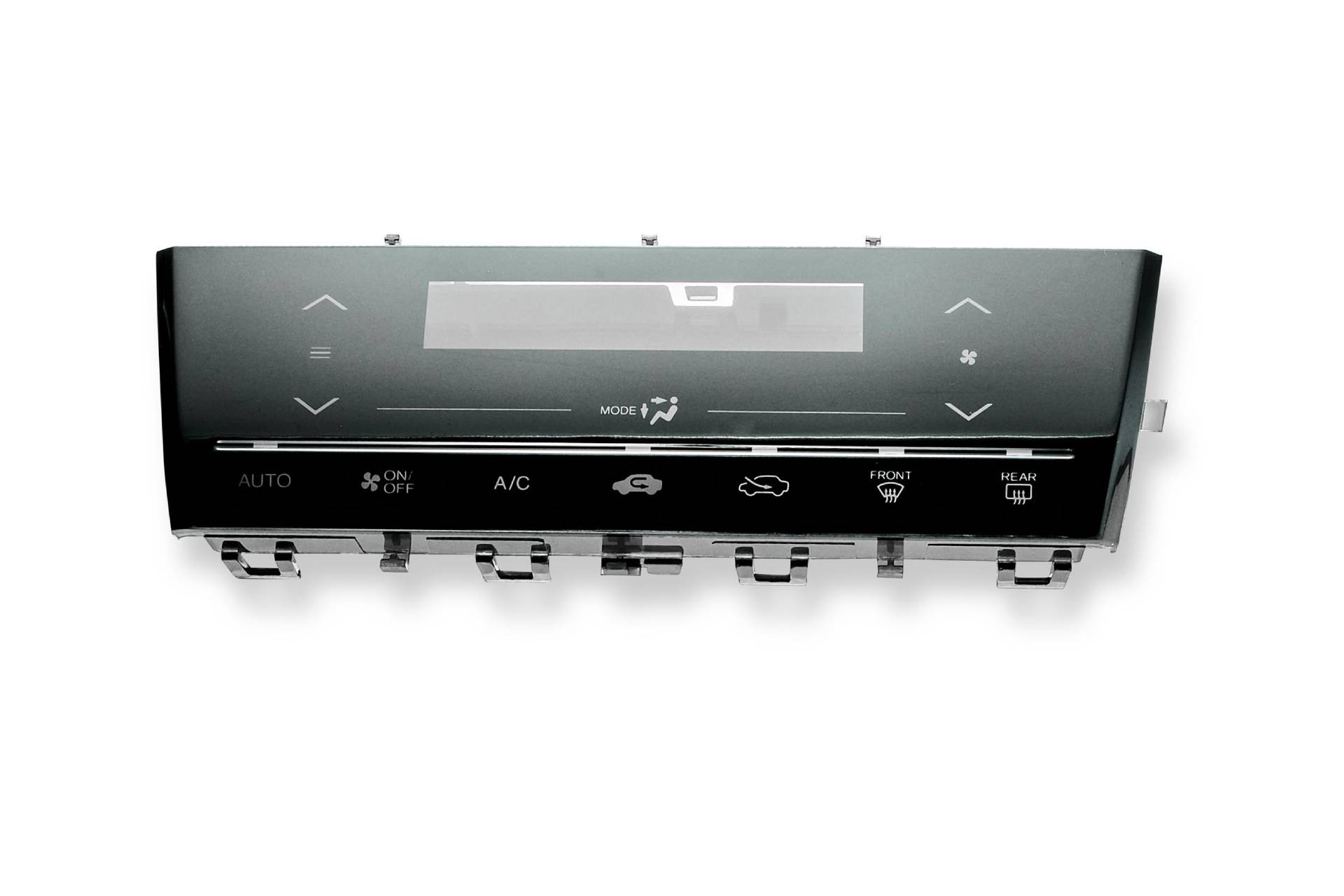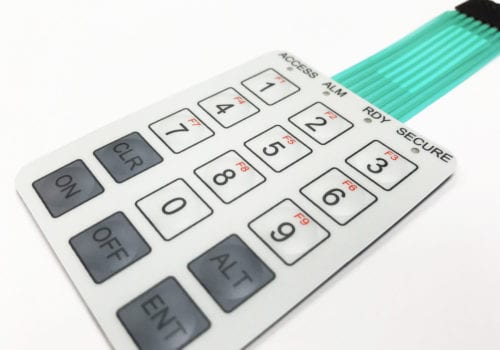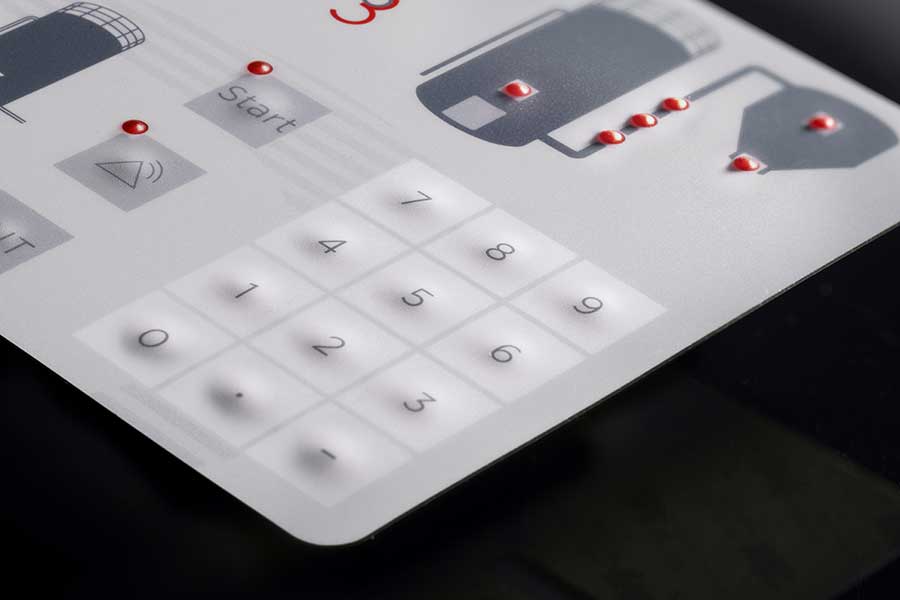Don’t ignore the value of working with a trustworthy membrane switch manufacturer for mock-ups.
Don’t ignore the value of working with a trustworthy membrane switch manufacturer for mock-ups.
Blog Article
All About Membrane Layer Change: Comprehending Its Layout and Functionality
When you think concerning the control user interfaces in contemporary devices, membrane layer switches typically come to mind. Allow's discover what sets membrane changes apart from other control systems.
What Are Membrane Layer Buttons?

Their seamless nature makes them simple to clean and resistant to dust and moisture, an important function in numerous environments. Membrane layer switches can additionally be tailored pertaining to shape, size, and graphics, permitting makers to create distinct interfaces customized to details items. Plus, they're lightweight and thin, which assists in reducing the total mass of devices. Overall, membrane buttons play a considerable function in boosting customer experience throughout a broad array of applications.
Exactly How Membrane Switches Work
When you push a key on a membrane button, it triggers a straightforward yet effective device. The top layer, typically made of versatile product, presses down onto a conductive layer below it. This activity bridges the void in between conductive traces, finishing an electric circuit. As quickly as the circuit shuts, it sends a signal to the gadget's controller, which translates your input.
You'll notice that the tactile feedback varies based upon the button style, offering either a soft click or an extra noticable response. When you release the key, the membrane layer go back to its initial position, resuming the circuit and stopping the signal. This process takes place almost instantaneously, ensuring a receptive customer experience.
Membrane layer buttons are prominent due to their toughness and resistance to dirt and wetness, making them perfect for various applications, from family appliances to clinical devices. Comprehending this operation aids you value their extensive usage.
Key Parts of Membrane Switches
Recognizing the crucial components of membrane layer switches is essential for understanding their capability and design. The safety layer guards versus ecological variables and put on, prolonging the button's lifespan. By understanding these components, you'll get understanding into exactly how membrane layer switches run and their importance in various applications.
Materials Utilized in Membrane Switch Over Style
The efficiency and toughness of membrane changes greatly rely on the materials made use of in their style. You usually run into polyester and polycarbonate as primary substrates due to their superb strength and adaptability. These products withstand scratches and chemicals, making them optimal for demanding settings.
The conductive layers often make use of silver or carbon, picked for their dependability and conductivity. membrane switch manufacturer. Silver supplies premium efficiency, visit their website while carbon is a cost-efficient choice. For the overlay, you might think about a matte or shiny finish, depending on your aesthetic needs and user experience
Adhesives play a necessary function too; they bond layers securely and assure long life. Ensure to pick adhesives that stand up to ecological variables like temperature and humidity. Ultimately, don't overlook the importance of a good printing technique for graphics, as it improves both performance and visual charm. Selecting the appropriate materials will certainly assure your membrane layer button stands the test of time.
Layout Considerations for Membrane Buttons
While making membrane layer buttons, it's vital to take right into account different variables that affect their capability and customer experience. Begin by focusing on the layout and switch size; make particular they're user-friendly and easy to navigate.
Validate your style accommodates environmental elements, like moisture or temperature variations, which can affect performance. By thoroughly thinking about these aspects, you'll develop a membrane switch that improves usability and complete satisfaction.
Applications of Membrane Layer Switches
Membrane layer switches are versatile components located in numerous applications, from commercial tools to consumer electronic devices. You'll see their impact in machines that call for long lasting interfaces and in devices that take advantage of smooth layouts. Understanding these applications assists you value the capability and functionality of membrane layer buttons in everyday innovation.
Industrial Devices Usage
When you're looking to boost the performance of industrial equipment, membrane switches supply a dependable solution that incorporates durability with easy to use design. These switches are ideal for severe environments, offering resistance to dirt, moisture, and chemicals. Embrace membrane layer buttons to enhance your operations and improve general efficiency.
Consumer Electronic Devices Combination
In the domain name of consumer electronics, membrane buttons play an important function in enhancing user interaction and tool capability. Membrane switches likewise assure sturdiness and resistance to dirt and wetness, prolonging the lifespan of your electronic devices. By picking membrane buttons, you boost not simply the capability but likewise the design of your tools, making day-to-day communications smooth and delightful.
Advantages and Drawbacks of Membrane Layer Switches
While membrane switches supply a range of benefits, they likewise come with some downsides that you should take into consideration. One substantial advantage is their compact layout, making them perfect for space-constrained applications.

Nevertheless, there are negative aspects. Membrane switches can have a shorter lifespan compared to mechanical buttons, particularly under hefty usage. They can likewise be much less tactile, which may affect user feedback during procedure. If harmed, repairing them can be challenging and often needs total replacement. Inevitably, their level of sensitivity to severe temperatures and environmental problems might restrict their performance in specific setups. Stabilizing these pros and cons will aid you figure out if membrane buttons are the ideal suitable for your task.
Often Asked Inquiries
The Length Of Time Do Membrane Layer Switches Over Generally Last?
Membrane switches over generally last between 5 to 10 years, depending on usage and ecological problems. You'll intend to evaluate variables like wear, direct exposure to wetness, and temperature fluctuations to gauge their longevity properly.
Can Membrane Layer Switches Over Be Customized for Particular Layouts?
Yes, you can personalize membrane layer switches to fit details designs (membrane switch manufacturer). You'll have the freedom to select shades, shapes, and designs that match your task's requirements, ensuring they mix perfectly with your general aesthetic
What Is the Price Range for Membrane Layer Switch Over Production?
The expense range for membrane button manufacturing commonly falls in between Extra resources $1 and $10 per device, depending on elements like style intricacy, amount, and products. You can get quotes from manufacturers to find the finest choice.

Are Membrane Switches Over Waterproof or Immune?
Membrane switches can be made to be water-proof or resistant, relying on products made use of and building and construction methods. If you need them for wet settings, ensure you define those demands throughout the layout procedure.
Just How Do Membrane Layer Changes Contrast to Typical Buttons?
Membrane layer buttons are normally thinner and a lot more versatile than standard buttons, site offering a smooth design. They're commonly less complicated to clean and incorporate, but might not give the responsive feedback you're utilized to with mechanical choices.
Conclusion

Report this page